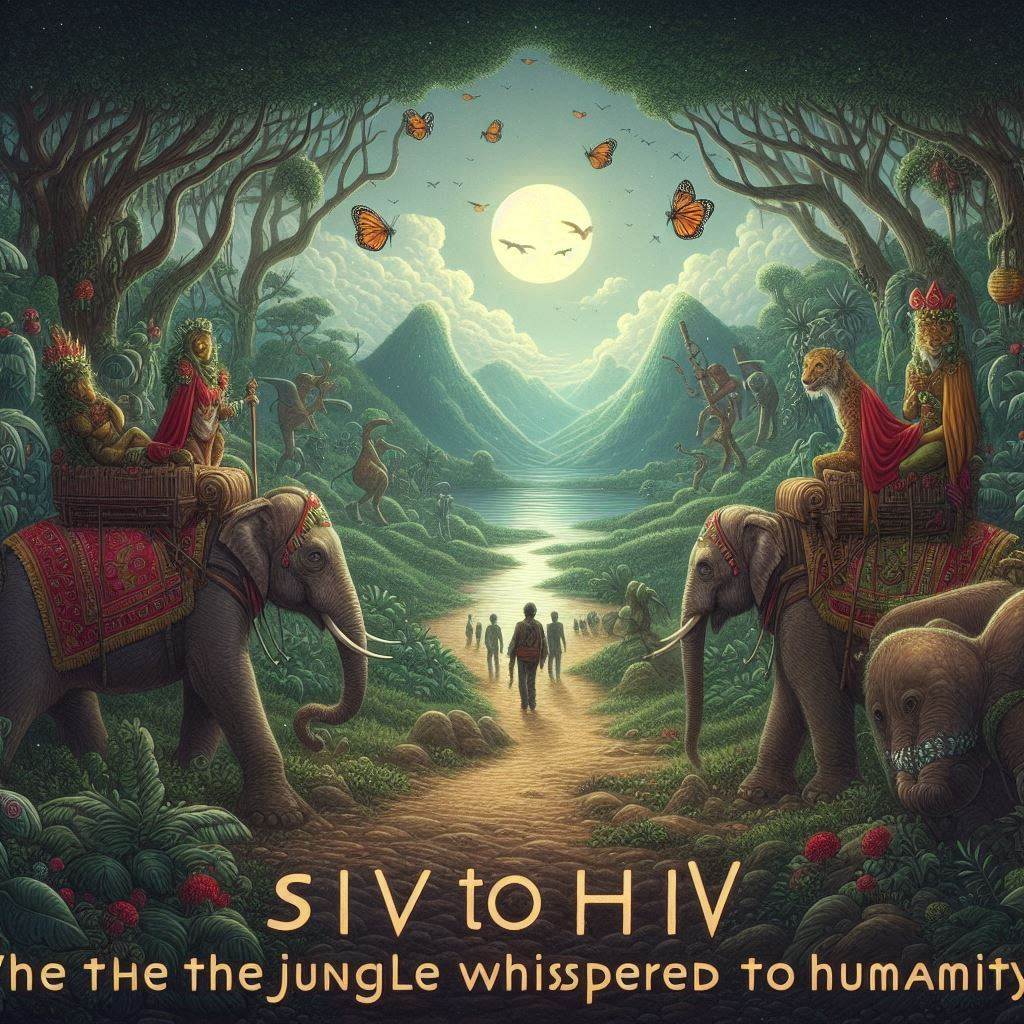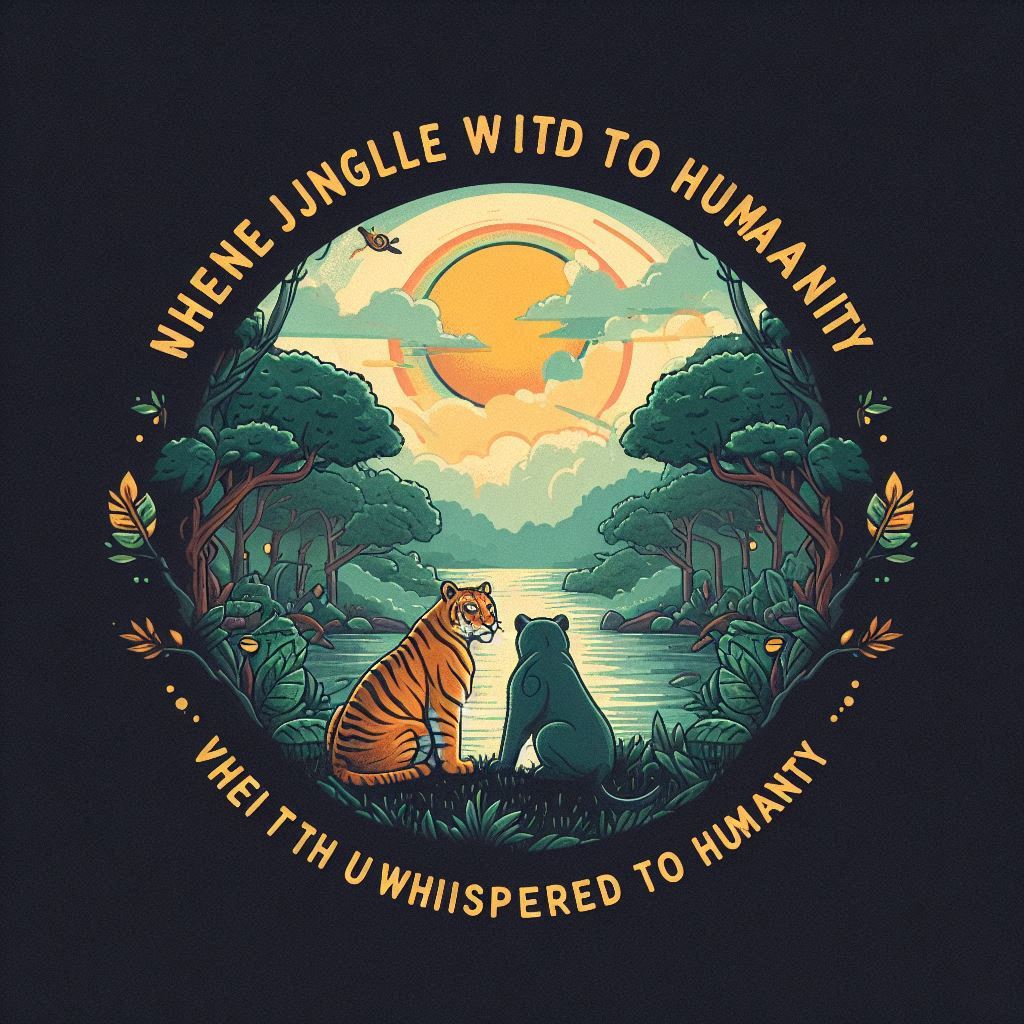In the heart of Africa, where sunlight filters through dense canopies and nature moves to ancient rhythms, a quiet transformation took place — not with thunder, but with a whisper. That whisper was SIV, the Simian Immunodeficiency Virus, a longtime resident in the bloodstream of chimpanzees. It lived there peacefully, without chaos. But one day, that whisper found a new voice — in humans. And that voice became HIV. This is the origin story before the headlines, the backstory to the question the world still asks: Where did AIDS come from?

Long before the world had ever heard of AIDS, the forests of Central and West Africa hosted a hidden companion. SIV had been present in several primate species for thousands of years, particularly in chimpanzees and sooty mangabey monkeys. In these animals, the virus often caused little to no harm — like a houseguest that learned to live quietly with its host.
This was nature in balance. But balance is fragile.
Crossing the Line: Zoonosis in Action
The transformation from SIV to HIV happened through a process scientists call zoonosis — when a virus jumps from animals to humans. This likely occurred through bushmeat hunting: when humans hunted, butchered, and consumed primates, tiny blood-to-blood exchanges offered the virus a chance to leap.
The leap wasn’t just biological — it was historical.
Somewhere in the early 20th century, in what is now the Democratic Republic of Congo, SIV crossed into humans. At first, it was an experiment of nature. Not every crossover leads to a pandemic. But this one did.
The moment SIV became HIV, a new era began. And with it, the foundations were laid for a global catastrophe. Again, we find ourselves circling the haunting question: Where did AIDS come from?
Mutation: Nature’s Genetic Roulette
When SIV entered the human body, it didn’t stay the same. It wasn’t aggressive at first. It moved slowly, silently — person to person, village to town, town to city.
There were actually multiple crossovers, which is why we have different types of HIV today: HIV-1 (the most widespread) and HIV-2 (more common in West Africa, derived from sooty mangabeys).
Still, no one knew. No sirens sounded. But the river was flowing, and the tide was rising.

From Infection to Epidemic
By the mid-20th century, Africa’s growing cities, colonial medical systems, and increased mobility created the perfect conditions for HIV to spread. Dirty needles, unsterile medical equipment, and lack of awareness allowed the virus to embed itself.
But it wasn’t until the 1980s that the world woke up — not to HIV, but to AIDS, the syndrome it caused after years of silent infection. In asking “Where did AIDS come from?”,
Humanity’s Late Realization
When scientists finally traced HIV’s roots, they discovered stored blood samples from the 1950s that already contained the virus. The trail led backward — to Kinshasa, to the riverside villages, and finally, to the forests where SIV first resided.
The virus that would devastate millions had begun as a whisper between species.
From One Species to a Shared Fate
So, where did AIDS come from?
It came from a chain reaction — beginning with SIV in chimpanzees, crossing into humans through survival practices, mutating into HIV, and eventually developing into AIDS. The leap from SIV to HIV wasn’t a mistake of nature — it was a warning. A reminder that in a world of shared ecosystems and interconnected lives, one silent moment can change everything.
Now that we know how the whisper became a roar, our task is to listen more carefully — and act more wisely.


